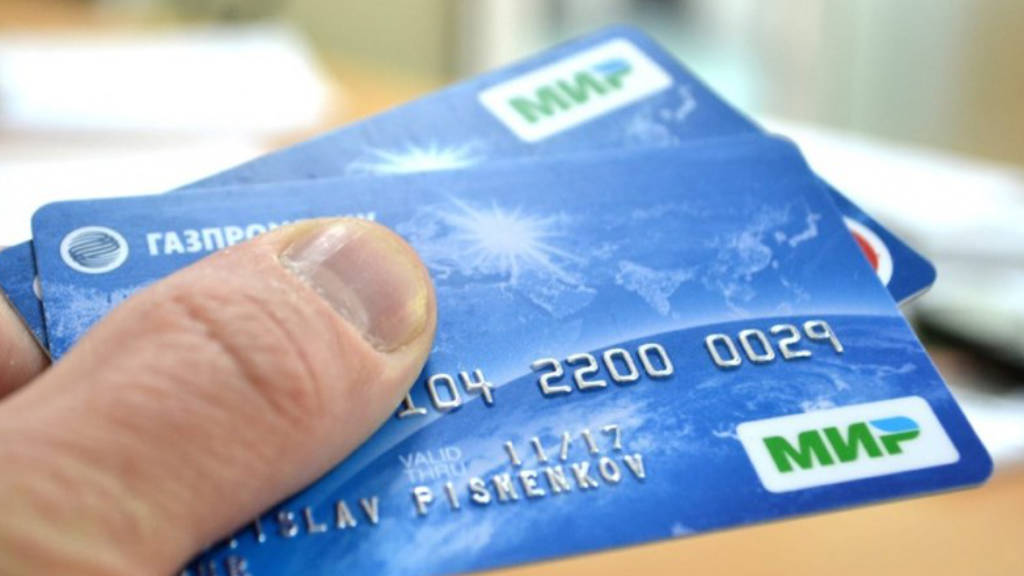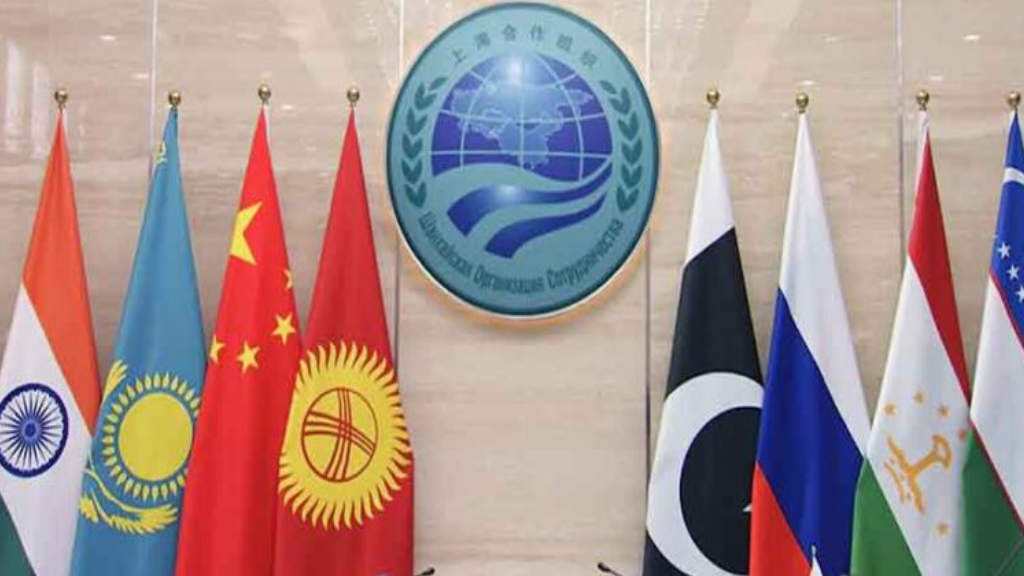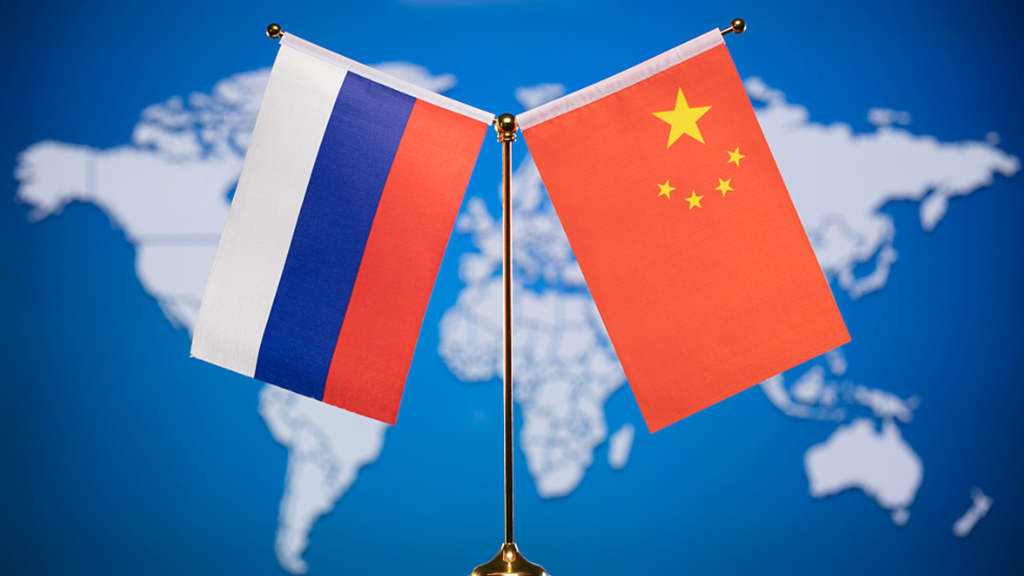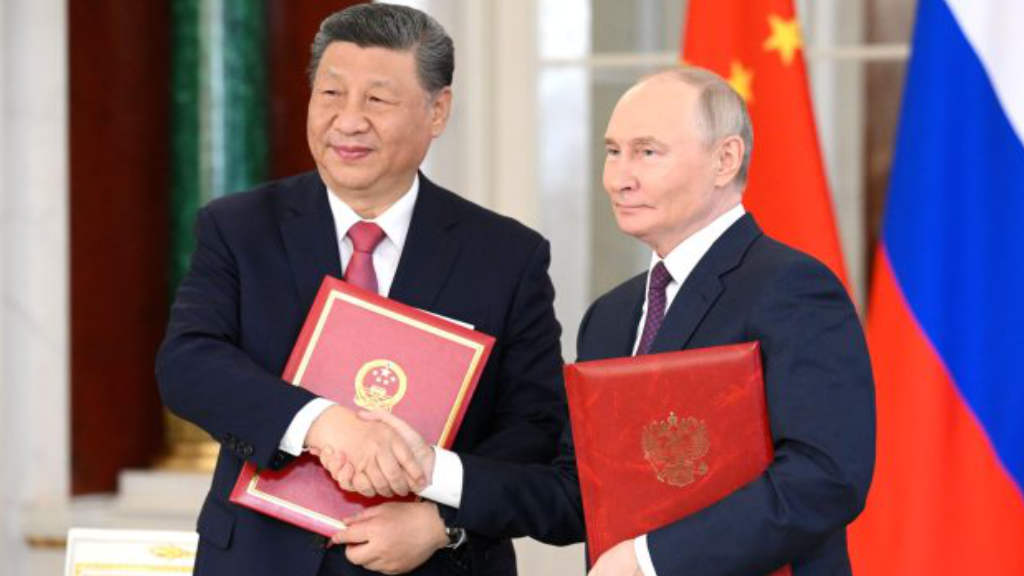Iran could start accepting Russian MIR debit and credit cards within the next few months, the trade attaché from Tehran’s embassy in Moscow has stated. According to Mohsen Rahimi, work on preparing the necessary technical infrastructure is already underway, although implementing the system will take time. The move comes as Russia and Iran continue to build stronger economic ties. Iran has a Free Trade Agreement with the Eurasian Economic Union, while bilateral trade is running at about US$4 billion. Iran has also taken up membership of the BRICS.
Testing of the MIR system, the Russian alternative to Visa and Mastercard, may start in Iran as early as the end of summer or the beginning of autumn, Rahmani said.
Iran’s economy has adapted despite being under sweeping international sanctions for decades, analysts have noted, adding that Russia could use Tehran’s experience in resisting outside pressure.
Tatiana Monaghan, secretary general of the International Chamber of Commerce (ICC) in Russia said that the move to launch MIR in Iran is a logical forward step in developing bilateral cooperation after Tehran joined the BRICS economic group on January 1st.
Last year, the two countries announced at the KazanForum that they had completed all preliminary settlements for the use of MIR cards. Iran and Russia have also agreed to integrate the system with its Iranian analog, the Shetab system, to facilitate mutual transactions.
On July 23 last year, Iran’s Currency Exchange (ICE) launched a currency pairing system that enables exporters and importers to make payments in both the Iranian Rial and the Russian Ruble. Having MIR access will help facilitate trade and tourism.
MIR cards are freely accepted in the Abkhazia and Ossetian Republics, Belarus, and can be used with certain limits in Armenia, Kazakhstan, Kyrgyzstan, Tajikistan, Cuba, Venezuela, and Vietnam. Other countries including Turkiye and the UAE are also considering partnering with the MIR system.
Further Reading
Russia-Iran Trade & Development
We discuss Russia-Iran trade and development in a comprehensive overview in our 2024 Russia’s Pivot to Asia guide. It is a complimentary download and may be downloaded in English here and Russian here.





